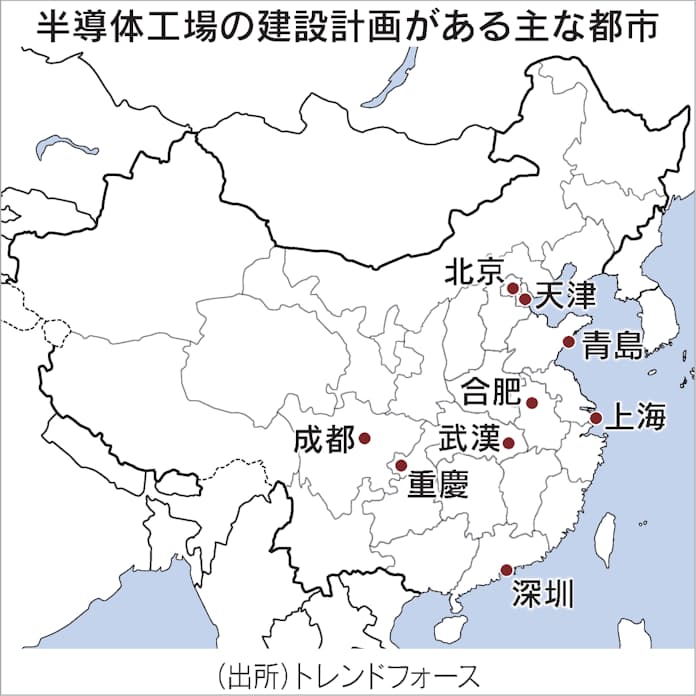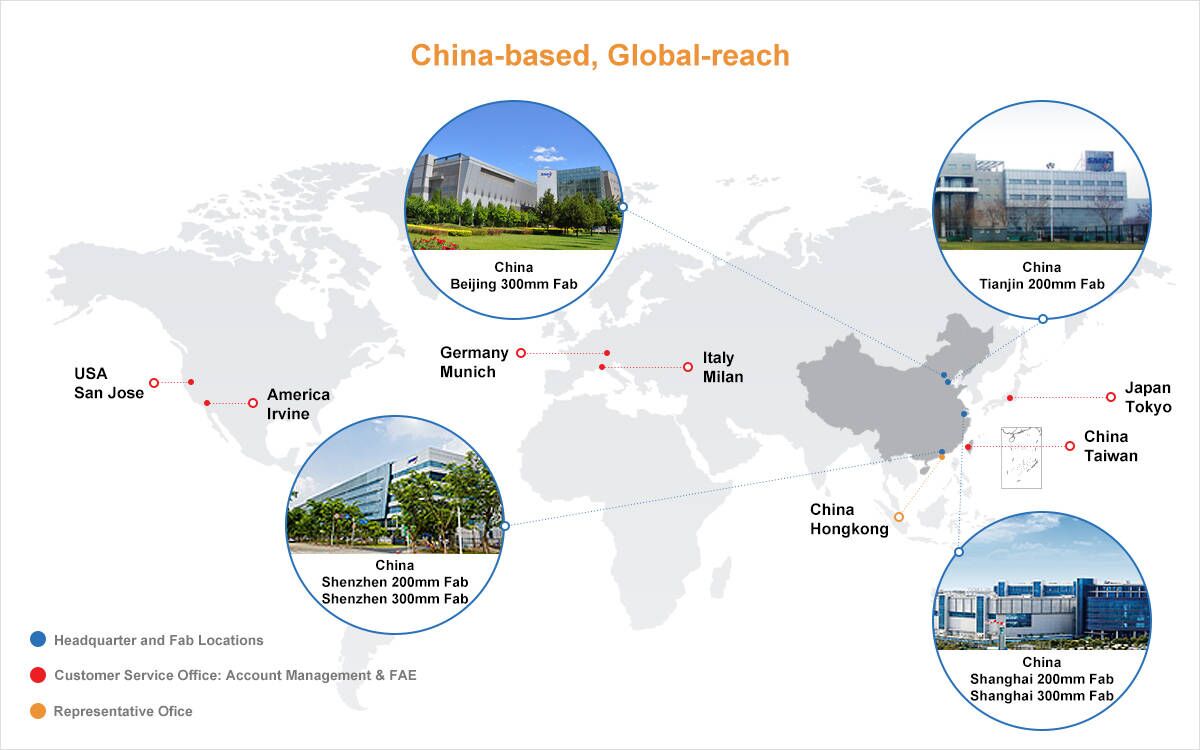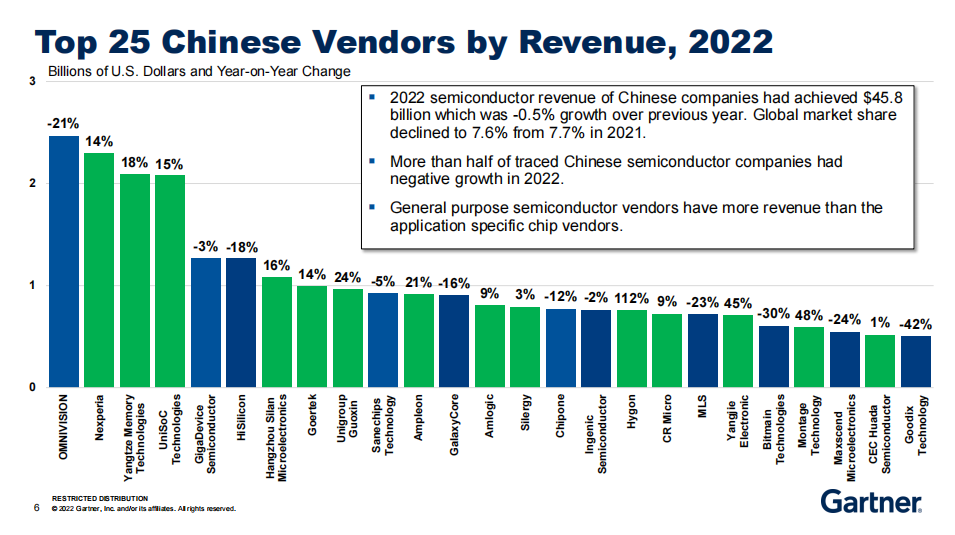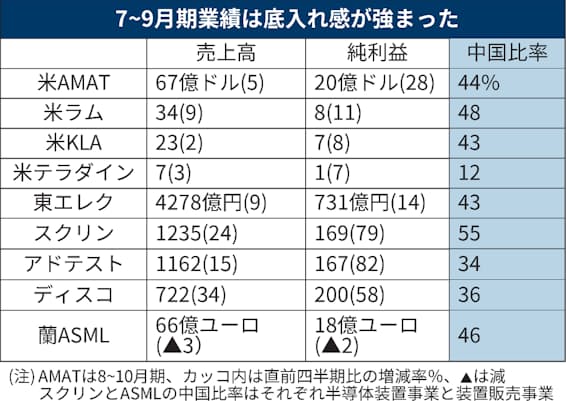![]()
中國:擴建老一代半導體工廠
・在現有 44 個工廠的基礎上新增 32 個新工廠
・美國擬對上一代產品提高關稅
我們為您帶來勝俁恆的世界觀文章摘要。

China’s share of previous generation semiconductors:
China’s strategy is to dominate the world with older generation semiconductors.
Due to the US technology export ban, cutting-edge semiconductors cannot be manufactured.

US considering raising semiconductor tariffs:
The US’s supply chain will be disrupted by imports of older-generation semiconductors from China.
Therefore, we are considering raising the tariff (currently 25%).
If this tariff increase were to materialize, it would cause a major upset in China’s strategy.

Nihon Keizai Shimbun, electronic version (December 27)
We published an article titled “China’s semiconductor industry: More than 30 new semiconductor factories to be built.”
Strong demand in China:
There is a possibility that China’s domestic production of semiconductors will become an investment theme for Japan in the future.
There are more than 30 construction plans for factories, and new financing is also active.
International semiconductor exhibition: SEMICON Japan
On December 13th, many Chinese buyers visited Tokyo Big Sight.
Chinese buyers:
Targeting ‘exposure equipment manufacturers of older generation products with mature technology’.
A group from universities in Shanghai:
”I would like to summarize the latest status of Japan’s semiconductor industry,” he says.
China will increase production of older generation semiconductors and take control of legacy semiconductors.

Taiwanese research company: Trend Force (November 2023)
China’s progress towards domestic production of semiconductors could be a business opportunity for Japanese companies
There are 44 semiconductor factories in China. An additional 32 locations will be added.
China’s intention to establish dominance in the legacy semiconductor market is clear.

Core International Integrated Circuit Manufacturing (SMIC)
Plant construction plans are progressing in Shanghai, Beijing, Tianjin, and Shenzhen.
Investment plan for 2023 is $7.5 billion (1.6 trillion yen)
It became a hot topic for supplying 7nm semiconductors to Huawei Technologies.
Hefei City, Anhui Province: Changxin New Bridge Preservation Technology
This time, we have raised 39 billion yuan (780 billion yen) from national funds.
Huawei receives financial aid from the government and builds a semiconductor factory under the name of another company.

U.S. Department of Commerce survey results:
China will provide 150 billion dollars (21 trillion yen) in subsidies to domestic semiconductors over 10 years.
If left unchecked, the US domestic industry will be devastated by cheap Chinese products.
China’s share of old semiconductors:
China accounts for 75% of the global semiconductor market with outdated equipment and technology.
Within a few years, half of the world’s old semiconductor market will be filled with Chinese products.

China ratio of Japanese semiconductors:
Tokyo Electron, SCREEN Holdings, Disco
In the July-September period of 2011, the proportion of semiconductor business in China reached 30-50%.
Tokyo Electron’s sales ratio from China exceeds 40%. .
In the future, the ‘scenario of continued tailwinds’ will become more realistic.
The same situation applies to Applied Materials of the US and ASML of the Netherlands.
How will the US react to the re-increase of tariffs on Chinese semiconductors?

Future of US sanctions tariffs:
The United States has already imposed a 25% tariff on semiconductors imported from China.
1. Even with high tariff barriers, cheap Chinese products remain highly competitive.
2. It has permeated the U.S. auto, defense, and transportation infrastructure industries.
The United States is poised to further increase tariffs to encourage procurement from sources other than China.
https://hisayoshi-katsumata-worldview.com/archives/34496931.html